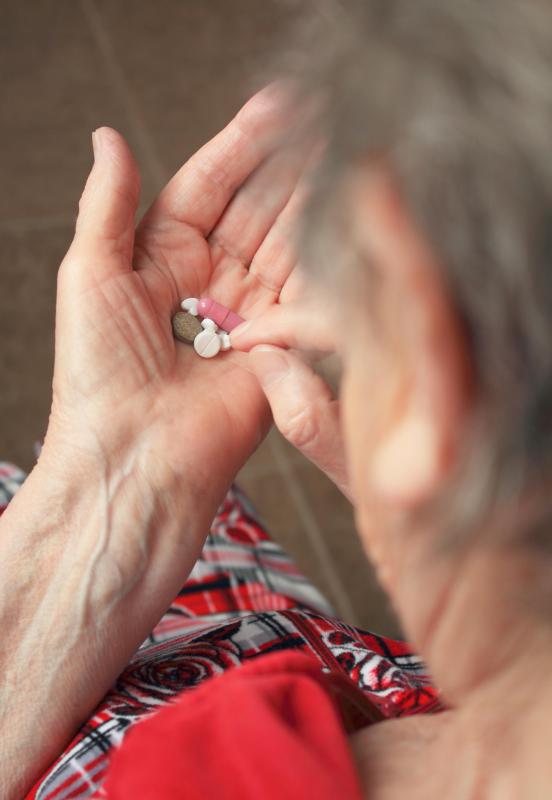At TheHealthBoard, we're committed to delivering accurate, trustworthy information. Our expert-authored content is rigorously fact-checked and sourced from credible authorities. Discover how we uphold the highest standards in providing you with reliable knowledge.
What is Urinary Incontinence?
Urinary incontinence, which is commonly referred to as “loss of bladder control,” is sometimes an embarrassing condition for many people. The condition can range from drops of leakage while coughing or sneezing all the way to severe leakage of all the liquid held in the bladder. There are multiple causes and symptoms of the five major types of urinary incontinence.
Overflow incontinence is the first type of urinary incontinence and occurs when the bladder does not know when to empty. The bladder will leak or dribble out the overflow but will always remain partially full. Overflow incontinence is most often associated with a blocked urethra that is caused by an illness or disease or with damage to the spinal cord or nervous system. Overflow incontinence is more common in men than in women.

A very rare type of urinary incontinence is called structural incontinence. Structural incontinence is something that people may be born with and will be diagnosed sometime during their youth. For example, a child born with an ectopic ureter, one that does not empty into the bladder as it should, will cause structural incontinence that will need to be corrected surgically.

One of the most common types of urinary incontinence is stress incontinence. Stress incontinence is caused by weakness in the pelvic muscles that won’t allow a person to “hold it.” Women who have gone through pregnancy and childbirth and men who have undergone a prostatectomy are most often victims of stress incontinence.
Urge incontinence occurs when someone feels the urge to void and immediately eliminates. People who suffer from urge incontinence are said to have “spastic” or “overactive” bladders and the muscles in the bladder are not able to control abundant nerve messages. Urge incontinence can be caused by nervous system damage or muscle damage resulting from multiple sclerosis, Parkinson’s disease and Alzheimer’s disease.

The final type of urinary incontinence is functional incontinence, which occurs when a person has the urge to void but cannot make it to the bathroom in time. Functional incontinence is most often found in children or people that have limited mobility. Other causes of functional incontinence are dementia, poor eyesight, depression and logistically not being able to get to a toilet. Elderly people in nursing homes who are not able to toilet themselves may sometimes fall victim to functional incontinence.

It is important to remember that urinary incontinence is a serious condition that has emotional and physical symptoms and side effects. People who are suffering from incontinence should make an appointment with their regular physician immediately. More often than not, patients will be referred to a urologist, who specializes in urinary tract functions, to diagnose and treat the condition.
AS FEATURED ON:
AS FEATURED ON:
















Discuss this Article
Post your comments